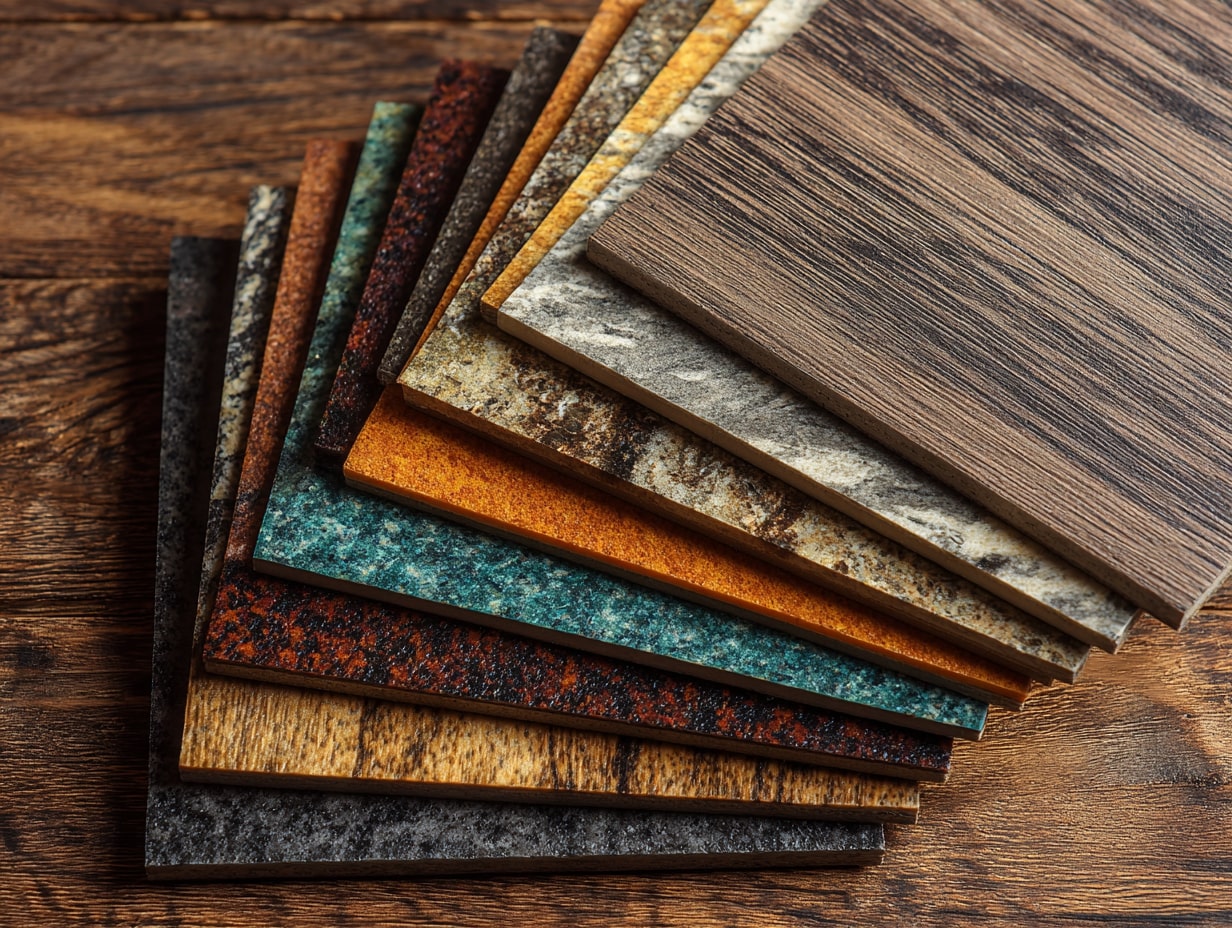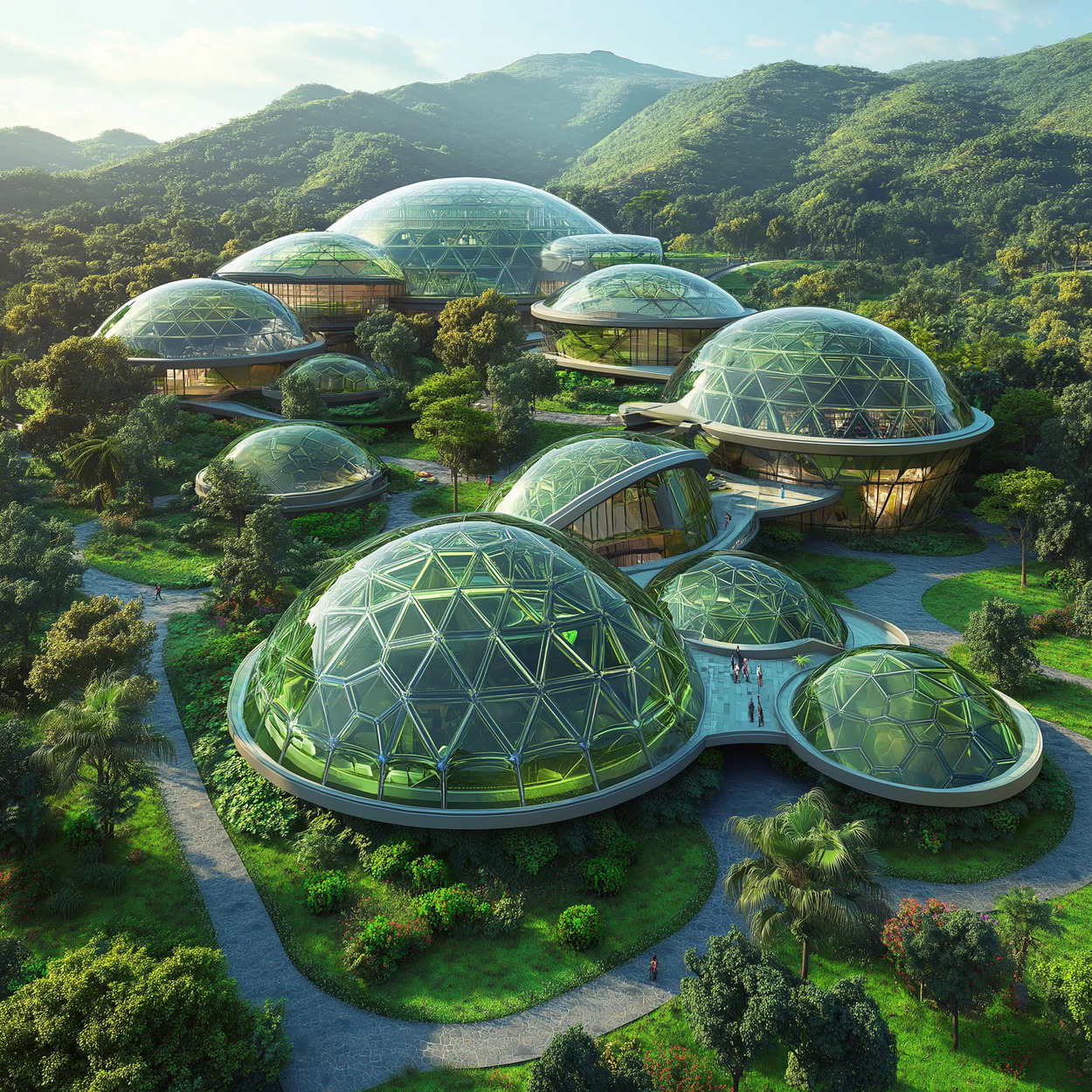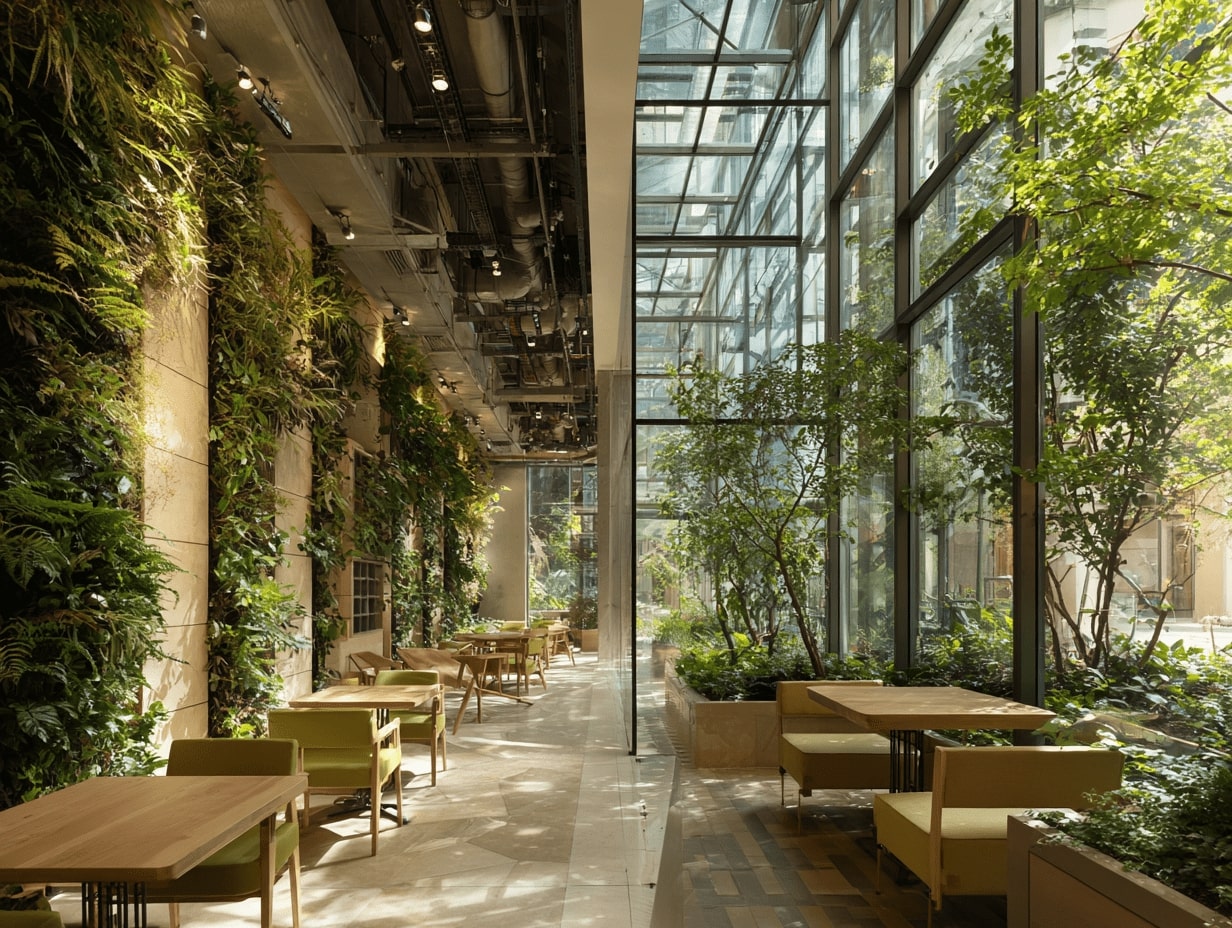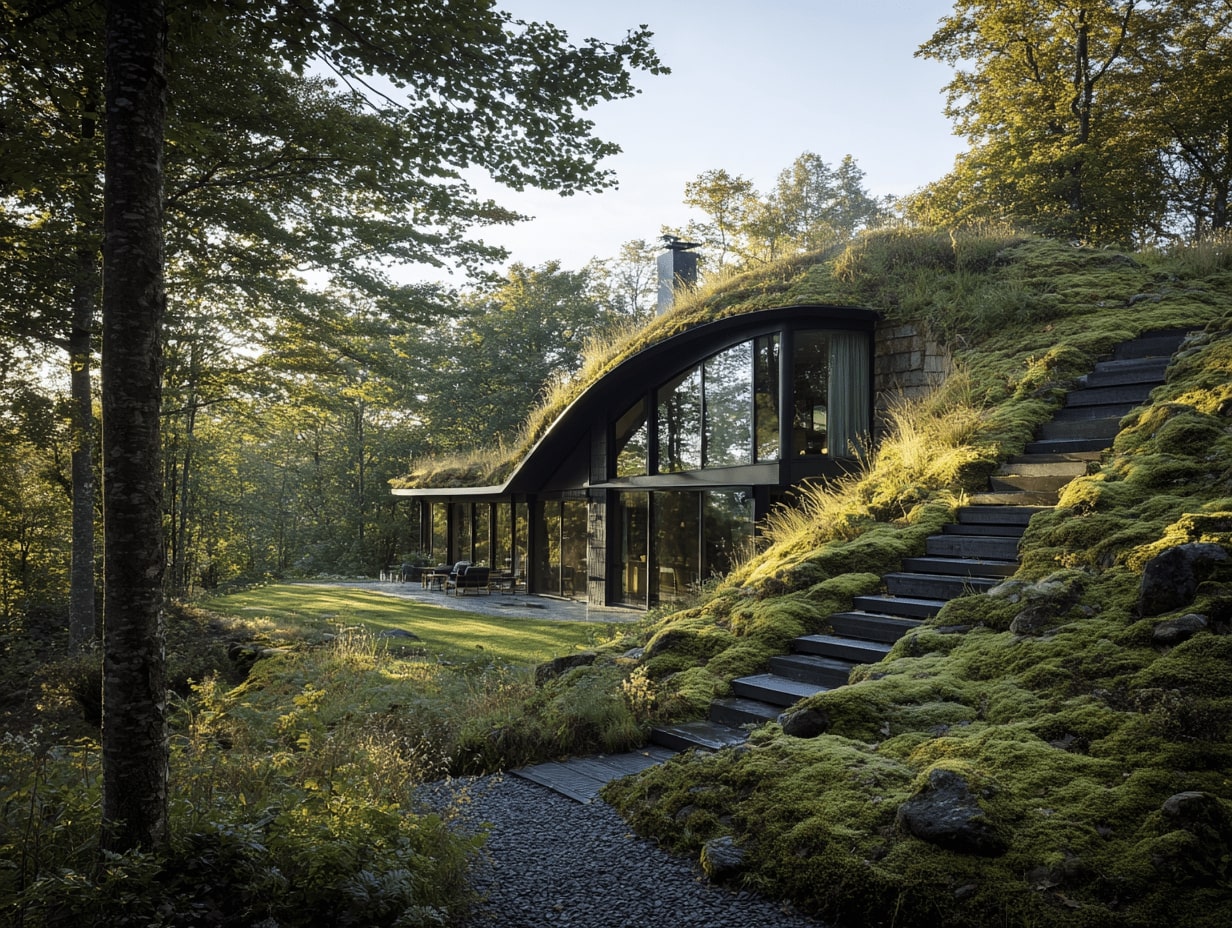- Home
- Articles
- Architectural Portfolio
- Architectral Presentation
- Inspirational Stories
- Architecture News
- Visualization
- BIM Industry
- Facade Design
- Parametric Design
- Career
- Landscape Architecture
- Construction
- Artificial Intelligence
- Sketching
- Design Softwares
- Diagrams
- Writing
- Architectural Tips
- Sustainability
- Courses
- Concept
- Technology
- History & Heritage
- Future of Architecture
- Guides & How-To
- Art & Culture
- Projects
- Interior Design
- Competitions
- Jobs
- Store
- Tools
- More
- Home
- Articles
- Architectural Portfolio
- Architectral Presentation
- Inspirational Stories
- Architecture News
- Visualization
- BIM Industry
- Facade Design
- Parametric Design
- Career
- Landscape Architecture
- Construction
- Artificial Intelligence
- Sketching
- Design Softwares
- Diagrams
- Writing
- Architectural Tips
- Sustainability
- Courses
- Concept
- Technology
- History & Heritage
- Future of Architecture
- Guides & How-To
- Art & Culture
- Projects
- Interior Design
- Competitions
- Jobs
- Store
- Tools
- More
Innovative Sustainability Ideas in Architectural Design for a Greener Future
Explore innovative sustainability ideas in architectural design that combat climate change while enhancing community well-being. This article delves into the use of renewable materials, energy-efficient systems, and smart technologies, showcasing inspiring case studies like Bosco Verticale and The Bullitt Center.

As we navigate a world increasingly affected by climate change, the role of architecture in promoting sustainability has never been more critical. Innovative design can significantly reduce our environmental footprint while enhancing the quality of life for communities. By integrating sustainable practices into architectural design, we can create spaces that not only meet our needs but also respect the planet.
In this article, we’ll explore a range of sustainability ideas that architects and designers can implement to foster eco-friendly living. From using renewable materials to optimizing energy efficiency, these concepts inspire us to rethink how we build and inhabit our spaces. Join us as we delve into the exciting possibilities of sustainable architecture and how it can shape a greener future for all.

Table of Contents
ToggleOverview of Sustainability Ideas in Architectural Design
Sustainable architectural design focuses on minimizing environmental impact while optimizing functionality and aesthetics. We can implement various ideas to enhance sustainability in our projects.

-
Renewable Materials
Utilizing renewable materials reduces reliance on finite resources. Examples include bamboo, reclaimed wood, and recycled metal. These materials often possess lower carbon footprints and contribute to healthier indoor environments.
-
Energy Efficiency
Designing for energy efficiency can significantly decrease operational costs and environmental impact. Strategies include implementing energy-efficient windows, insulation, and HVAC (Heating, Ventilation, and Air Conditioning) systems. Prioritizing passive solar design maximizes natural light and reduces heating and cooling demands.
-
Green Roofs and Living Walls
Green roofs and living walls provide insulation, reduce urban heat, and manage stormwater. These features enhance biodiversity and improve air quality, bringing nature into urban environments.
-
Water Conservation
Incorporating water-efficient fixtures and rainwater harvesting systems supports sustainable plumbing practices. Landscaping with drought-resistant plants conserves water while maintaining aesthetic appeal.
-
Smart Technology
Integrating smart technology contributes to energy management and enhances user experience. Systems for lighting, heating, and security can optimize resource use and reduce waste.
-
Sustainable Site Planning
Thoughtful site planning includes siting buildings to maximize natural resources and minimize disruption to ecosystems. This approach enhances connectivity to public transport systems and encourages walkability.
-
Adaptable Spaces
Designing adaptable spaces ensures buildings can be repurposed over time, extending their lifecycle. Flexibility accommodates changing needs and reduces demolition waste.
Embracing these sustainability ideas empowers us as architects to design buildings that not only meet current human needs but also ensure a healthier planet for future generations.
Importance of Sustainable Architecture
Sustainable architecture plays a crucial role in addressing climate change by reducing environmental impact and enhancing community well-being. By prioritizing sustainability, we contribute to a healthier planet and a better quality of life for future generations.

Environmental Impact
Sustainable architecture significantly lowers carbon emissions through innovative design strategies. Utilizing renewable materials, like bamboo and recycled steel, reduces resource depletion and promotes responsible sourcing. Implementing energy-efficient systems, such as high-performance HVAC units and solar panels, significantly diminishes energy consumption. Green roofs and living walls not only enhance insulation but also support biodiversity, creating habitats for various species. Moreover, sustainable site planning minimizes ecosystem disruption by preserving natural habitats and enhancing stormwater management, which reduces flooding and water pollution.
Economic Benefits
Sustainable architecture offers substantial economic advantages. Initially, energy-efficient designs can lower operational costs, providing long-term savings on utilities. Buildings that incorporate sustainable features often see increased property values due to rising demand for eco-friendly homes and offices. Additionally, government incentives and tax credits for sustainable building practices further encourage investment in green architecture. By prioritizing durability and adaptability, we create structures that require less maintenance and have prolonged lifecycles, ultimately reducing waste and construction costs over time.
By emphasizing both environmental and economic benefits, sustainable architecture emerges as a vital strategy for fostering a resilient future while supporting community development.
Key Sustainability Ideas
Sustainability in architectural design involves innovative strategies that significantly minimize environmental impact while enhancing the quality of life. Here, we outline key sustainability ideas that can be incorporated into architectural practices.

Renewable Materials
We prioritize renewable materials that lower carbon footprints and create healthier living environments. Bamboo and reclaimed wood stand out as excellent choices; they offer durability and aesthetic appeal. Other materials such as recycled steel and low-VOC (volatile organic compounds) paints contribute to improved indoor air quality. Utilizing rapidly renewable resources not only reduces environmental degradation but also supports local economies by sourcing materials sustainably.
Energy Efficiency
Energy efficiency remains central to sustainable architectural design. We can implement energy-efficient windows that minimize heat loss and enhance insulation. Passive solar design captures natural sunlight, providing warmth and reducing reliance on artificial lighting. Features like green roofs and living walls not only offer insulation but also promote biodiversity and urban cooling. Integrating smart technology allows us to monitor and manage energy use, optimizing efficiency while reducing operational costs.
Water Conservation
Water conservation strategies are essential in sustainable architecture. We advocate for efficient fixtures, such as low-flow faucets and dual-flush toilets, to significantly decrease water usage. Drought-resistant landscaping limits the need for irrigation while maintaining aesthetics. Rainwater harvesting systems capture and reuse water for non-potable applications, further enhancing sustainability.
By actively applying these key sustainability ideas, architectural design can contribute profoundly to environmental conservation and community well-being.
Innovative Design Practices
Innovative design practices play a pivotal role in enhancing sustainability within architecture. These methods not only minimize environmental impact but also promote overall well-being.

Biophilic Design
Biophilic design integrates natural elements into built environments, fostering a connection between occupants and nature. This approach includes features such as natural light, water elements, and greenery, which can enhance mental health and productivity. Studies show spaces with abundant foliage can reduce stress by 15% and improve creativity by 15% as well. Incorporating large windows, indoor gardens, or green walls are effective strategies. These designs also aid in regulating indoor air quality, further supporting overall health through improved breathing conditions.
Passive Solar Techniques
Passive solar techniques harness solar energy for heating, cooling, and lighting without relying on mechanical systems. These designs prioritize building orientation, window placement, and thermal mass materials. For instance, south-facing windows maximize sunlight exposure during winter while providing shade in summer. Utilizing materials with high thermal mass like concrete and brick enables buildings to retain heat, maintaining comfortable indoor temperatures throughout the day. Ventilation strategies like operable windows can also promote natural airflow, reducing reliance on HVAC systems. By employing these techniques, buildings can achieve substantial energy savings, resulting in decreased operational costs and lower carbon emissions.
Case Studies in Sustainable Architecture
We can look at several case studies that exemplify sustainable architectural design, demonstrating how innovative strategies can promote environmental responsibility and enhance community well-being.

Bosco Verticale, Milan, Italy
Bosco Verticale, or “Vertical Forest,” features two residential towers adorned with around 9,000 trees and 20,000 plants. This design improves air quality, reduces energy consumption, and supports biodiversity. The greenery provides insulation, minimizing heating and cooling needs while enhancing the urban landscape.
The Edge, Amsterdam, Netherlands
The Edge, known as one of the greenest office buildings in the world, incorporates a variety of sustainable technologies. It uses solar panels to generate electricity and features a smart lighting system that adjusts based on natural light levels. The building’s design maximizes energy efficiency, achieving a BREEAM rating of 98.4%, thus reducing operational costs.
One Central Park, Sydney, Australia
One Central Park showcases a unique approach to integrating nature into urban living. The development boasts vertical gardens designed by renowned landscape architect Patrick Blanc. These living walls improve air quality and provide insulation, promoting energy savings. The project also emphasizes water conservation through rainwater harvesting systems.
Bullitt Center, Seattle, USA
The Bullitt Center stands as a model of net-zero energy construction. It incorporates photovoltaic panels to produce renewable energy and uses rainwater harvesting for all its water needs. The building complies with the Living Building Challenge, demonstrating that sustainability can coexist with highly functional workspaces.
The Spheres, Seattle, USA
The Spheres at Amazon’s headquarters reflect biophilic design principles by featuring lush plant life and natural light. They create a habitat for over 40 species of plants, fostering biodiversity and enhancing worker productivity. The Spheres promote a healthy working environment while reducing reliance on artificial climate control.
These case studies illustrate how diverse architectural innovations contribute to sustainability, serving as prime examples for future design practices. Each project highlights specific methods aimed at energy efficiency, resource management, and enhancing overall ecological health.
Conclusion
Sustainable architectural design plays a vital role in shaping eco-friendly communities and minimizing climate impact. We leverage innovative strategies, such as renewable materials and energy-efficient systems, to create buildings that not only serve their occupants but also protect the environment.
Our focus on using renewable materials, including bamboo, reclaimed wood, and recycled steel, showcases how we can significantly lower carbon footprints while promoting healthier indoor spaces. Incorporating energy-efficient solutions—like high-performance windows, passive solar designs, and green roofs—demonstrates our commitment to enhancing energy conservation and biodiversity.
Water conservation remains another crucial aspect of our design philosophy. By utilizing efficient fixtures, implementing drought-resistant landscaping, and installing rainwater harvesting systems, we strive to optimize water usage and protect local ecosystems. Integrating smart technology in our designs facilitates better resource management, fostering sustainability in everyday operations.
Sustainable site planning enhances connectivity and minimizes disruption to local ecosystems. Additionally, designing adaptable spaces extends the lifecycle of buildings, which directly contributes to waste reduction.
As we confront the challenges of climate change, prioritizing sustainable architecture offers economic advantages, including lower operational costs and increased property values. Through innovative design practices like biophilic design, we enhance mental health and productivity by incorporating natural elements that promote well-being. Utilizing passive solar techniques further underscores the relevance of building orientation and thermal mass in achieving energy efficiency.
Our case studies provide tangible examples of how sustainable architectural practices make a difference. Projects like Bosco Verticale and The Bullitt Center exemplify how we can successfully integrate nature and technology to create resilient communities. These examples serve as a guide for future design endeavors, reinforcing our belief in the potential of sustainable architecture to shape a greener future.
- Biophilic Design in Architecture
- climate-responsive architecture
- eco-architecture solutions
- eco-friendly building design
- energy-efficient building designs
- environmental design
- environmentally conscious architecture
- green architecture ideas
- green building materials
- Green Building Practices
- green construction techniques
- innovative sustainable design
- passive solar design
- renewable energy in architecture
- Sustainable Architectural Design
- sustainable architecture trends
- sustainable design strategies
- sustainable renovation ideas
- sustainable urban planning
- zero carbon architecture
Submit your architectural projects
Follow these steps for submission your project. Submission FormLatest Posts
Eco-Friendly Floor Coverings: Smart Choices for a Greener Home
Eco-friendly floor coverings made simple: discover sustainable materials, trusted certifications, and room-by-room...
What are Biodomes?
Biodomes are transforming architecture by blending ecological science with advanced design to...
The Quiet Revolution of Biophilic Design
Biophilic design is reshaping homes, workplaces, and cities—backed by evidence. Learn core...
Sustainable Solutions in Contemporary Architecture: From Passive Design to Clean Energy
Sustainable solutions in contemporary architecture: a practical playbook to hit net-zero, cut...












Leave a comment